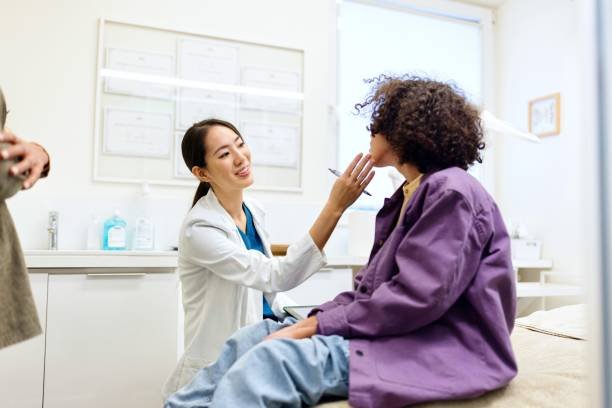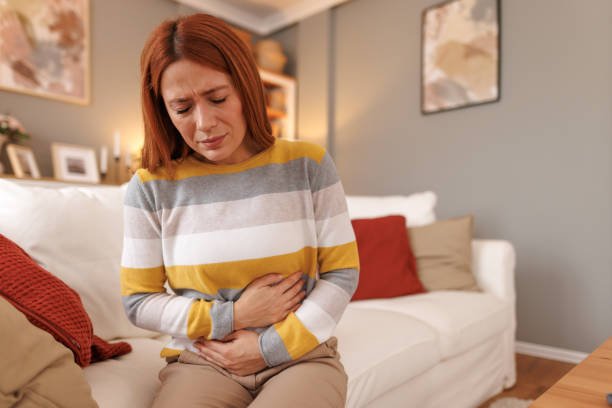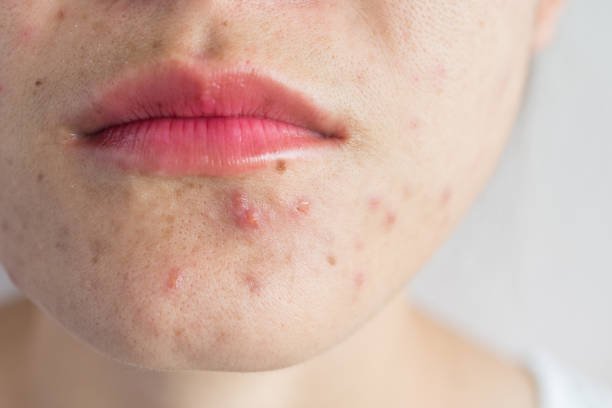Hormonal acne is more than just a teenage concern, it can strike in your 20s, 30s, 40s, and even during menopause. Whether you’re noticing breakouts around your jawline or stubborn pimples that just won’t budge, the cause may be internal. Hormonal fluctuations can wreak havoc on your skin, but the good news is you can manage them effectively with the right approach.
In this comprehensive guide, we’ll break down what causes hormonal acne, how it affects different age groups, and practical ways to treat and prevent it, naturally and professionally.
Let’s help you get back to the clear, balanced skin you deserve.
What Causes Hormonal Acne?
Understanding the root of hormonal acne is the first step toward finding an effective solution. Unlike surface-level acne caused by dirt or oil, hormonal acne starts deep inside the body, triggered by imbalances in hormones that affect sebum (oil) production and skin cell turnover.
Androgens and Sebum Overproduction
Androgens like testosterone stimulate the sebaceous glands to produce more oil. When oil mixes with dead skin cells and bacteria, it clogs pores and leads to breakouts, especially deep, cystic ones that hurt to the touch.
Menstrual Cycles, PCOS, and Hormonal Shifts
Women may notice breakouts around their period due to natural hormone fluctuations. Conditions like PCOS (Polycystic Ovary Syndrome) can also throw off hormone levels and worsen acne. Even menopause can trigger acne due to falling estrogen levels and rising androgen activity.

How Hormonal Acne Shows Up at Different Ages
Hormonal acne can take many forms, and the way it appears often depends on your age. By recognizing patterns, you can better customize your approach.
Teenage Years: Sudden Onset and Oily Skin
During puberty, oil glands go into overdrive. Teens often experience blackheads, whiteheads, and inflamed pimples across the forehead, nose, and cheeks. Over-the-counter treatments may help, but persistent cases might require early hormonal acne treatment from a dermatologist.
20s to 30s: Chin and Jawline Breakouts
For many women in their 20s and 30s, hormonal acne becomes more localized to the lower face, around the mouth, chin, and jawline. It’s often linked to birth control changes, stress, or imbalanced diets. Busy lifestyles, irregular sleep, poor diet, and women with PCOS often see persistent acne during this phase, particularly around the chin and jaw.

Explore our guide on PCOS and skin issues to understand how to manage acne from within.
After 40: Adult Acne and Hormonal Shifts
Even if you never had acne before, you might start seeing breakouts during perimenopause or menopause. As estrogen levels drop, testosterone becomes more dominant, leading to dry skin with isolated cysts. At this stage, a gentle, inside-out approach is essential.
The Role of Diet and Lifestyle in Hormonal Acne
Your skin is a mirror of what’s happening inside your body. Often, simple shifts in diet and lifestyle can make a huge difference when it comes to managing hormonal breakouts.
A Diet High in Sugar and Dairy
Foods that spike your blood sugar, like sweets, white bread, or sugary drinks, cause insulin levels to rise. This, in turn, affects other hormones and can worsen acne. A low-glycemic diet helps balance insulin and support clearer skin.
Stress and Cortisol Spikes
Chronic stress leads to high cortisol levels, which disrupt other hormones like estrogen and progesterone. These imbalances can trigger or worsen hormonal acne. Managing stress through sleep, exercise, meditation, or even time away from screens plays a big role in recovery.
Poor Gut Health
An imbalanced gut microbiome can affect how your body metabolizes hormones. Bloating, constipation, and acne often go hand-in-hand. Check out our guide to the best probiotics for acne and gut health for more.

How to Treat Hormonal Acne Naturally and Effectively
It’s possible to manage hormonal acne with the right mix of targeted skincare, supportive nutrition, and lifestyle balance. Skincare can support your healing, but it has to be gentle, consistent, and suited to your skin type. The goal isn’t to attack the acne, but to calm and support the skin barrier.
Hormone-Supportive Nutrition
Your diet plays a crucial role in balancing your hormones and maintaining clear skin. Adopt a skin-friendly, hormone-balancing diet such as:
- Focus on whole foods, leafy greens, and healthy fats
- Add omega-3s (flaxseeds, walnuts, salmon) to lower inflammation
- Consider zinc, DIM, and vitamin B6 supplements to support hormone detox
Gentle Cleansers with Active Ingredients
Look for formulas that include salicylic acid, benzoyl peroxide, or tea tree oil, but without drying alcohols or irritants. These ingredients help unclog pores and reduce bacteria without over-stripping the skin.
Retinoids for Cell Turnover
Retinoids (including adapalene or prescription tretinoin) increase skin cell turnover and prevent clogged pores. They’re one of the most effective long-term hormonal acne treatments, especially when used consistently and correctly.
Niacinamide and Azelaic Acid for Inflammation
These two ingredients calm redness, reduce sebum production, and improve skin texture. They’re especially helpful for post-acne marks and sensitive skin prone to flare-ups.
Hormonal Acne Treatment from the Inside Out
To truly tackle hormonal acne, you need to support your body’s internal balance. Supplements and hormonal therapies may be needed for long-term relief.
Zinc, Omega-3s, and DIM
Zinc helps reduce oil production and supports immune health. Omega-3 fatty acids lower inflammation, while DIM (found in cruciferous veggies) helps balance estrogen metabolism. Together, they provide strong internal support for acne-prone skin.
Hormonal Medications and Birth Control
For women with recurring cystic acne, hormonal birth control or medications like spironolactone may help regulate hormone levels. These treatments should be discussed with a doctor, especially if you have underlying health conditions.
Manage Stress and Sleep
Aim for 7-9 hours of restful sleep nightly to support your body’s natural healing and hormone regulation. Sleep allows your body to reset and restore balance. Stress reduction techniques like mindfulness meditation and deep breathing exercises help manage emotional responses. Just 10 minutes of meditation daily can significantly lower cortisol levels, benefiting both your skin and mental well-being.
When to See a Dermatologist or Specialist
If you’ve tried everything and your acne is still severe or scarring, it’s time to seek professional help. A dermatologist can help you create a treatment plan tailored to your hormonal profile.
Hormone Testing and Medical Support
A healthcare provider may suggest hormone testing to identify imbalances. Based on the results, they might recommend a mix of lifestyle changes, medications, or topical treatments that go beyond what’s available over the counter.
Treatments Like Spironolactone or Isotretinoin
Spironolactone helps block androgen activity, while isotretinoin (formerly known as Accutane) is reserved for resistant, severe acne. Both require careful supervision, but for many, they’re life-changing.
FAQs About Hormonal Acne Treatment
Q: What’s the fastest way to treat hormonal acne?
While there’s no overnight cure, combining gentle skincare with dietary changes and possibly supplements can significantly improve breakouts within 8–12 weeks.
Q: Can hormonal acne go away on its own?
Sometimes. But if it’s persistent or cystic, targeted treatment is usually needed, especially after your teen years.
Q: How do I know if my acne is hormonal?
Look for patterns, like breakouts during your menstrual cycle or acne that appears along the jawline or chin. These are classic signs.
Q: Are natural remedies effective?
They can help! Herbal teas like spearmint, anti-inflammatory foods, and certain supplements all support hormonal balance. But they work best as part of a complete strategy.
Q: Does Lola offer treatments for other skin issues related to hormones?
Absolutely! We specialize in managing a range of skin issues, from hormonal acne to signs of aging, using functional medicine and hormone therapies. Our holistic approach ensures you receive comprehensive care that goes beyond just treating symptoms.
Q: How long does it take to see results from hormonal acne treatments?
Consistency is key. Most people begin to see improvements within 8–12 weeks when following a personalized plan. Our team supports you through every step, tracking your progress and adjusting as needed for long-term success.
Conclusion: Clear Skin Starts From Within
Dealing with hormonal acne isn’t just about treating surface symptoms, it’s about supporting your body internally. By understanding your unique hormonal patterns and making small but powerful changes to your lifestyle, you can regain control over your skin and confidence.
If you’re looking for personalized guidance in managing hormonal acne and achieving balance, Lola, one of our expert providers at Kairos Health and Wellness, is here to help. As a Board-Certified Nurse Practitioner with advanced training in hormone optimization and functional medicine, she specializes in supporting individuals with hormonal imbalances that impact skin health.
Ready to take control of your hormonal acne and find a personalized solution? Book a consultation with our wellness team today.


